Virginia peanuts are a beloved and iconic crop in the southern United States, known for their large size, crunchy texture, and delicious flavor. Grown primarily in Virginia, North Carolina, and South Carolina, these peanuts have a rich history dating back to the early days of American agriculture. In this article, we will explore the origins of the Virginia peanut, its unique characteristics, nutritional benefits, and its impact on the economy and culture of the region. Join us on a journey through the world of Virginia peanuts, where tradition meets innovation in every crunchy bite. History and Origin of Virginia Peanuts: The history of Virginia peanuts can be traced back to the early 19th century, when African slaves brought peanut cultivation techniques to the southern United States. These peanuts were planted in the sandy soils of Virginia, where the climate and environment proved to be ideal for their growth. Over time, farmers in the region perfected the cultivation and processing techniques, leading to the emergence of the Virginia peanut as a distinct and high-quality crop.
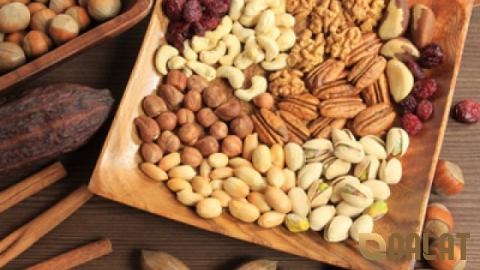
.
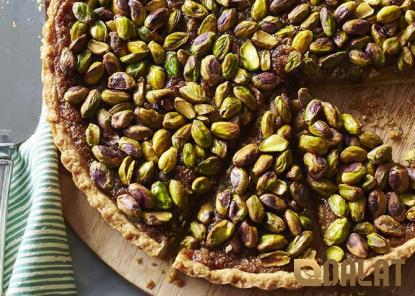 Characteristics of Virginia Peanuts: Virginia peanuts are renowned for their large size, typically measuring over an inch and a half in length. This size sets them apart from other varieties of peanuts, giving them a distinctive appearance and texture. Virginia peanuts also have a crunchy texture and a rich, nutty flavor that makes them a popular choice for snacking, cooking, and baking. Nutritional Benefits of Virginia Peanuts: In addition to their delicious taste and texture, Virginia peanuts are also highly nutritious. They are an excellent source of protein, fiber, and healthy fats, making them a valuable addition to a balanced diet. Virginia peanuts are also rich in vitamins and minerals, including vitamin E, magnesium, and phosphorus, which contribute to overall health and well-being. Whether you enjoy them roasted, salted, or in peanut butter form, Virginia peanuts offer a nutritious and satisfying snack option. Cultivation and Harvesting Process: Virginia peanuts are typically grown in sandy soils that are well-drained and have a neutral pH level. The planting process usually begins in the spring, with farmers sowing peanut seeds directly into the ground. As the plants grow, they develop delicate yellow flowers that eventually give way to pods containing the peanuts. The peanuts themselves grow underground, forming clusters attached to the plant’s roots. When the time is right, farmers carefully dig up the peanut plants and harvest the mature pods, which are then dried and processed for consumption. Processing and Preparation Methods: After harvesting, Virginia peanuts undergo a series of processing steps to prepare them for consumption. The first step involves drying the peanuts to reduce their moisture content and enhance their flavor. The peanuts are then cleaned to remove any debris or impurities before being roasted, either in the shell or shelled, to bring out their natural nutty flavor. Some peanuts are also blanched to remove their skins, creating a smoother and creamier texture for use in foods like peanut butter. Economic Impact of Virginia Peanuts: The cultivation and processing of Virginia peanuts play a significant role in the economy of the southern United States.
Characteristics of Virginia Peanuts: Virginia peanuts are renowned for their large size, typically measuring over an inch and a half in length. This size sets them apart from other varieties of peanuts, giving them a distinctive appearance and texture. Virginia peanuts also have a crunchy texture and a rich, nutty flavor that makes them a popular choice for snacking, cooking, and baking. Nutritional Benefits of Virginia Peanuts: In addition to their delicious taste and texture, Virginia peanuts are also highly nutritious. They are an excellent source of protein, fiber, and healthy fats, making them a valuable addition to a balanced diet. Virginia peanuts are also rich in vitamins and minerals, including vitamin E, magnesium, and phosphorus, which contribute to overall health and well-being. Whether you enjoy them roasted, salted, or in peanut butter form, Virginia peanuts offer a nutritious and satisfying snack option. Cultivation and Harvesting Process: Virginia peanuts are typically grown in sandy soils that are well-drained and have a neutral pH level. The planting process usually begins in the spring, with farmers sowing peanut seeds directly into the ground. As the plants grow, they develop delicate yellow flowers that eventually give way to pods containing the peanuts. The peanuts themselves grow underground, forming clusters attached to the plant’s roots. When the time is right, farmers carefully dig up the peanut plants and harvest the mature pods, which are then dried and processed for consumption. Processing and Preparation Methods: After harvesting, Virginia peanuts undergo a series of processing steps to prepare them for consumption. The first step involves drying the peanuts to reduce their moisture content and enhance their flavor. The peanuts are then cleaned to remove any debris or impurities before being roasted, either in the shell or shelled, to bring out their natural nutty flavor. Some peanuts are also blanched to remove their skins, creating a smoother and creamier texture for use in foods like peanut butter. Economic Impact of Virginia Peanuts: The cultivation and processing of Virginia peanuts play a significant role in the economy of the southern United States.
..
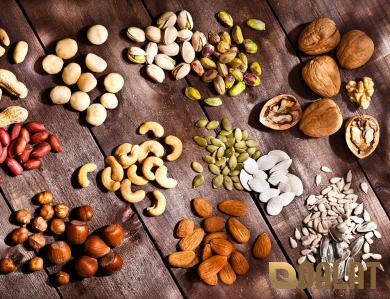 Peanut farming provides jobs for thousands of workers in the region, from farmers and harvesters to processors and distributors. The export of Virginia peanuts also contributes to the economy, generating revenue and showcasing the quality of American agricultural products on the global stage. In addition, the popularity of Virginia peanuts as a snack food and ingredient in various recipes supports the food industry and stimulates consumer demand for this beloved crop. Cultural Significance and Traditions: Virginia peanuts hold a special place in the culinary traditions and cultural heritage of the southern United States. From peanut brittle and roasted peanuts at baseball games to peanut butter sandwiches and peanut clusters during the holidays, these versatile legumes are a staple in southern cooking and snacking. Virginia peanuts are also a popular choice for gift-giving, whether in gourmet gift baskets or as a stand-alone treat. The rich history and cultural significance of Virginia peanuts continue to be celebrated and honored by generations of peanut lovers throughout the region and beyond. Innovation in Virginia Peanut Industry: While Virginia peanuts have a long and storied history, the industry continues to evolve and innovate to meet the demands of modern consumers. Farmers are adopting sustainable farming practices to protect the environment and ensure the long-term viability of peanut production. Processors are developing new and innovative peanut products, such as flavored peanut varieties, peanut-based snacks, and value-added peanut ingredients for the food industry. These innovations help to keep Virginia peanuts relevant and competitive in today’s dynamic food market, while preserving the quality and authenticity that have made them a beloved southern tradition. Conclusion: Virginia peanuts are more than just a tasty snack – they are a symbol of tradition, quality, and innovation in the world of American agriculture. From their humble origins as a staple crop in the southern United States to their current status as a beloved snack food and ingredient, Virginia peanuts have captured the hearts and taste buds of people around the world. Whether you enjoy them salted, roasted, or in a classic peanut butter sandwich, Virginia peanuts offer a delicious and nutritious taste of southern heritage.
Peanut farming provides jobs for thousands of workers in the region, from farmers and harvesters to processors and distributors. The export of Virginia peanuts also contributes to the economy, generating revenue and showcasing the quality of American agricultural products on the global stage. In addition, the popularity of Virginia peanuts as a snack food and ingredient in various recipes supports the food industry and stimulates consumer demand for this beloved crop. Cultural Significance and Traditions: Virginia peanuts hold a special place in the culinary traditions and cultural heritage of the southern United States. From peanut brittle and roasted peanuts at baseball games to peanut butter sandwiches and peanut clusters during the holidays, these versatile legumes are a staple in southern cooking and snacking. Virginia peanuts are also a popular choice for gift-giving, whether in gourmet gift baskets or as a stand-alone treat. The rich history and cultural significance of Virginia peanuts continue to be celebrated and honored by generations of peanut lovers throughout the region and beyond. Innovation in Virginia Peanut Industry: While Virginia peanuts have a long and storied history, the industry continues to evolve and innovate to meet the demands of modern consumers. Farmers are adopting sustainable farming practices to protect the environment and ensure the long-term viability of peanut production. Processors are developing new and innovative peanut products, such as flavored peanut varieties, peanut-based snacks, and value-added peanut ingredients for the food industry. These innovations help to keep Virginia peanuts relevant and competitive in today’s dynamic food market, while preserving the quality and authenticity that have made them a beloved southern tradition. Conclusion: Virginia peanuts are more than just a tasty snack – they are a symbol of tradition, quality, and innovation in the world of American agriculture. From their humble origins as a staple crop in the southern United States to their current status as a beloved snack food and ingredient, Virginia peanuts have captured the hearts and taste buds of people around the world. Whether you enjoy them salted, roasted, or in a classic peanut butter sandwich, Virginia peanuts offer a delicious and nutritious taste of southern heritage.
…
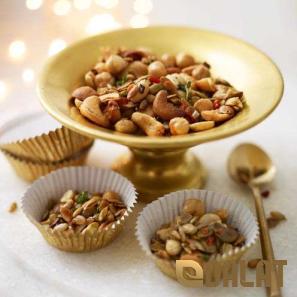 So, the next time you reach for a handful of peanuts, remember the rich history and time-honored traditions behind each crunchy bite of Virginia peanuts. In this article, we have delved deep into the world of Virginia peanuts, exploring their history, characteristics, nutritional benefits, cultivation process, economic impact, cultural significance, and innovative strides in the industry. Let’s recap the key points discussed: 1. **History and Origin**: Virginia peanuts have a rich history dating back to the early days of American agriculture, with African slaves introducing peanut cultivation techniques to the southern United States. Over time, Virginia peanuts emerged as a distinct and high-quality crop known for their large size, crunchy texture, and delicious flavor. 2. **Characteristics**: Virginia peanuts are renowned for their large size, measuring over an inch and a half in length, as well as their crunchy texture and rich nutty flavor. These characteristics make them a popular choice for snacking, cooking, and baking among consumers. 3. **Nutritional Benefits**: Virginia peanuts are not only delicious but also highly nutritious, being an excellent source of protein, fiber, healthy fats, vitamins, and minerals. Whether enjoyed roasted, salted, or in peanut butter form, Virginia peanuts provide a nutritious and satisfying snack option. 4. **Cultivation and Harvesting**: Virginia peanuts are typically grown in sandy, well-drained soils with a neutral pH level. The planting process starts in the spring, and after the plants develop, the mature pods are carefully harvested, dried, and processed for consumption to bring out their natural flavors. 5. **Processing and Preparation**: After harvesting, Virginia peanuts undergo processing steps such as drying, cleaning, roasting, and blanching to enhance their flavor and texture. These steps are crucial in preparing the peanuts for various culinary uses. 6. **Economic Impact**: The cultivation and processing of Virginia peanuts play a vital role in the economy of the southern United States, providing jobs for many workers and generating revenue through exports. The popularity of Virginia peanuts as a snack food and ingredient further boosts the food industry and consumer demand for this beloved crop. 7. **Cultural Significance**: Virginia peanuts hold a special place in the culinary traditions and cultural heritage of the southern United States, being a staple in southern cooking, snacking, and gift-giving. They continue to be celebrated and enjoyed by generations of peanut lovers.
So, the next time you reach for a handful of peanuts, remember the rich history and time-honored traditions behind each crunchy bite of Virginia peanuts. In this article, we have delved deep into the world of Virginia peanuts, exploring their history, characteristics, nutritional benefits, cultivation process, economic impact, cultural significance, and innovative strides in the industry. Let’s recap the key points discussed: 1. **History and Origin**: Virginia peanuts have a rich history dating back to the early days of American agriculture, with African slaves introducing peanut cultivation techniques to the southern United States. Over time, Virginia peanuts emerged as a distinct and high-quality crop known for their large size, crunchy texture, and delicious flavor. 2. **Characteristics**: Virginia peanuts are renowned for their large size, measuring over an inch and a half in length, as well as their crunchy texture and rich nutty flavor. These characteristics make them a popular choice for snacking, cooking, and baking among consumers. 3. **Nutritional Benefits**: Virginia peanuts are not only delicious but also highly nutritious, being an excellent source of protein, fiber, healthy fats, vitamins, and minerals. Whether enjoyed roasted, salted, or in peanut butter form, Virginia peanuts provide a nutritious and satisfying snack option. 4. **Cultivation and Harvesting**: Virginia peanuts are typically grown in sandy, well-drained soils with a neutral pH level. The planting process starts in the spring, and after the plants develop, the mature pods are carefully harvested, dried, and processed for consumption to bring out their natural flavors. 5. **Processing and Preparation**: After harvesting, Virginia peanuts undergo processing steps such as drying, cleaning, roasting, and blanching to enhance their flavor and texture. These steps are crucial in preparing the peanuts for various culinary uses. 6. **Economic Impact**: The cultivation and processing of Virginia peanuts play a vital role in the economy of the southern United States, providing jobs for many workers and generating revenue through exports. The popularity of Virginia peanuts as a snack food and ingredient further boosts the food industry and consumer demand for this beloved crop. 7. **Cultural Significance**: Virginia peanuts hold a special place in the culinary traditions and cultural heritage of the southern United States, being a staple in southern cooking, snacking, and gift-giving. They continue to be celebrated and enjoyed by generations of peanut lovers.
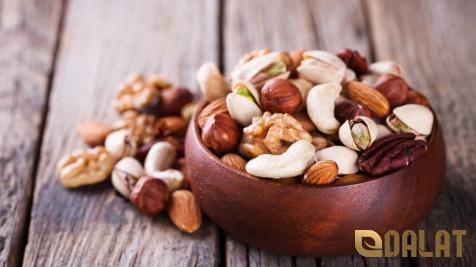
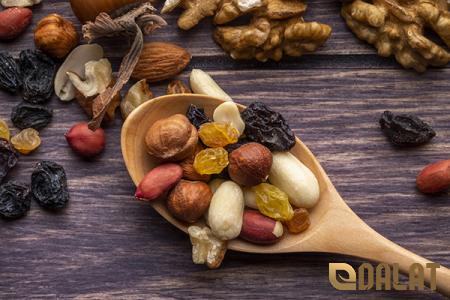
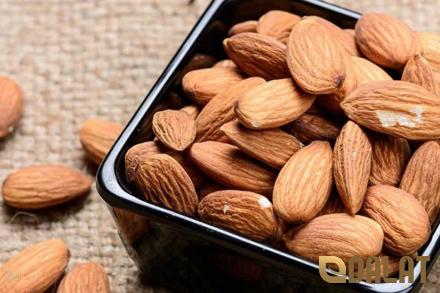
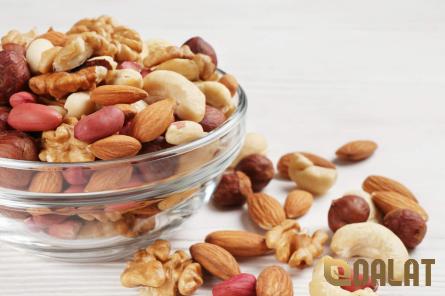
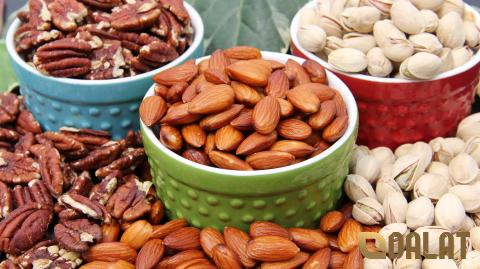
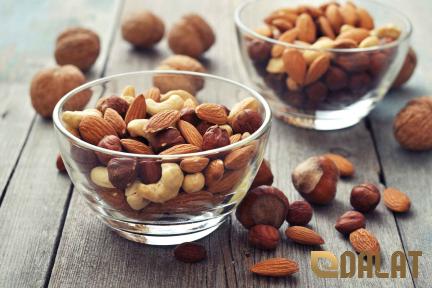
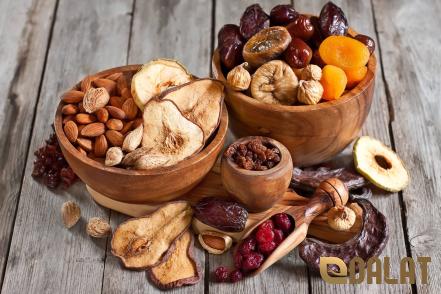
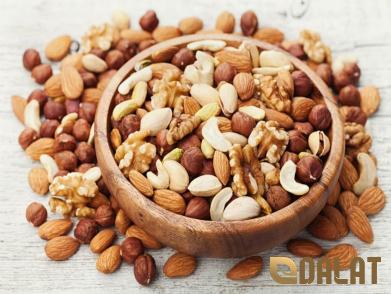
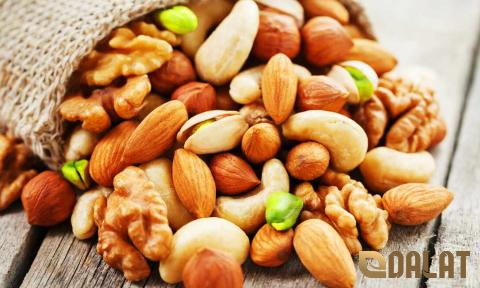
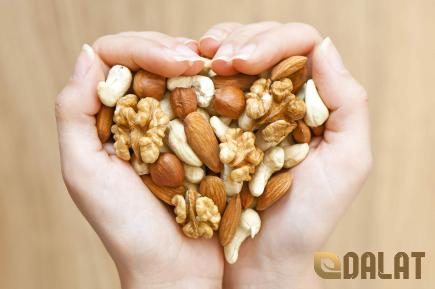
Your comment submitted.